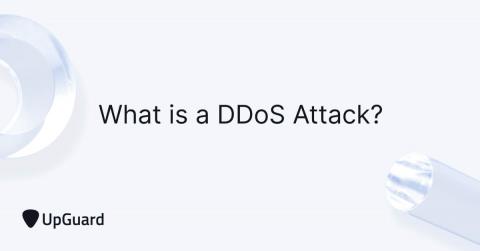It's Here! Designing a SASE Architecture for Dummies
Netskope is excited to announce the publication of our new book, Designing a SASE Architecture for Dummies. You’re likely familiar with the iconic Dummies series of books as helpful introductory guides to complex topics.










